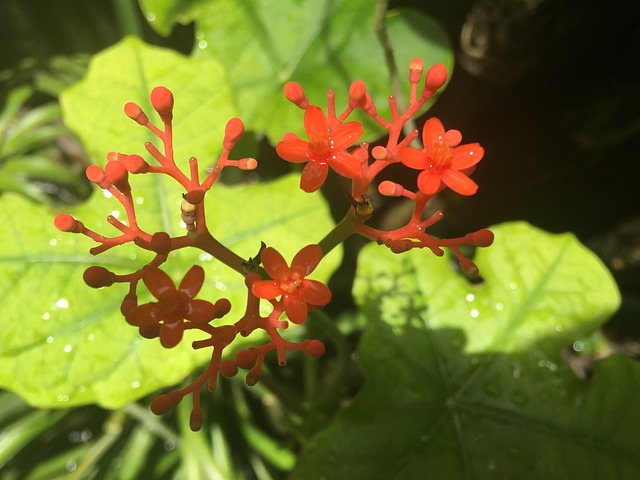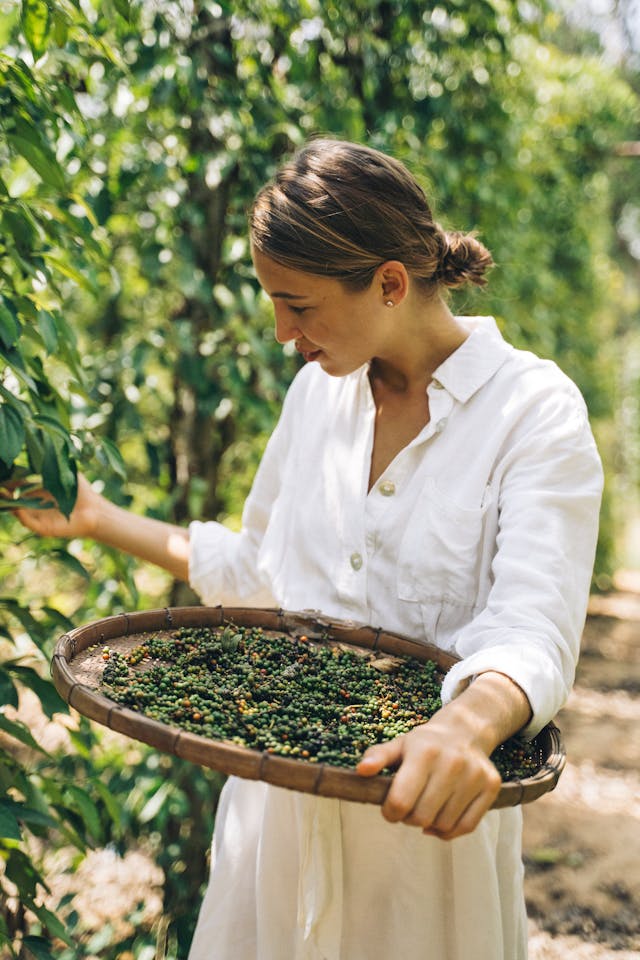Hawthorn is one of the shrubs that blooms at the end of May and is a pollinator for bees. Birds often nest in it in the summer, and the berries, a favorite food of birds, ripen in the fall. These berries are not very tasty, but they are good for your health. They are also suitable for making marmalade and liqueur. Periwinkle is a similar, nectar-loving shrub that produces small flowers in early June. Periwinkle is a nectar-loving shrub with small flowers in early June. It does not tolerate shade, but can handle drought and frost without problems. The fruits can be eaten raw. However, they take time to ripen. The thin-leaved hawthorn has a delicious olive-like fruit.

Crane\’s-thorn is another shrub that serves a necessary function in the garden for both humans and pollinators. For pollinators, it is a source of protein. For birds, too, who love to eat the scarlet fruits that ripen in early fall. It ripens in early fall. Crane dokudami is a good choice for planting in small gardens because it is quick to replant and does not shade too much of the surrounding foliage. The fruit can be dried and heat treated to remove some of the poison. Rose hips can be planted in hedges or displayed at the entrance to a house. They bloom in early spring and attract all kinds of insects, birds, and wildlife. The fruit, which softens after the first frost, can be made into tea, wine, or marmalade.

Sloe is also suitable for planting in hedgerows. Unlike yews, it really comes alive in early spring. Bees, butterflies, and birds are attracted to the hedges. And in the fall, people come to eat the sloes\’ berries. This is because the dark blue berries have an exceptional taste. They can be eaten raw and are often picked for home cooking. These berries stay on the bushes until the winter months. In nature, dogwood is the first spring food shrub for insects. This native wild shrub is hardy and soil agnostic. Its red edible fruit, called dogwood, is high in vitamins and ripens in October and, if not eaten by birds, can be made into a delicious juice or jam.